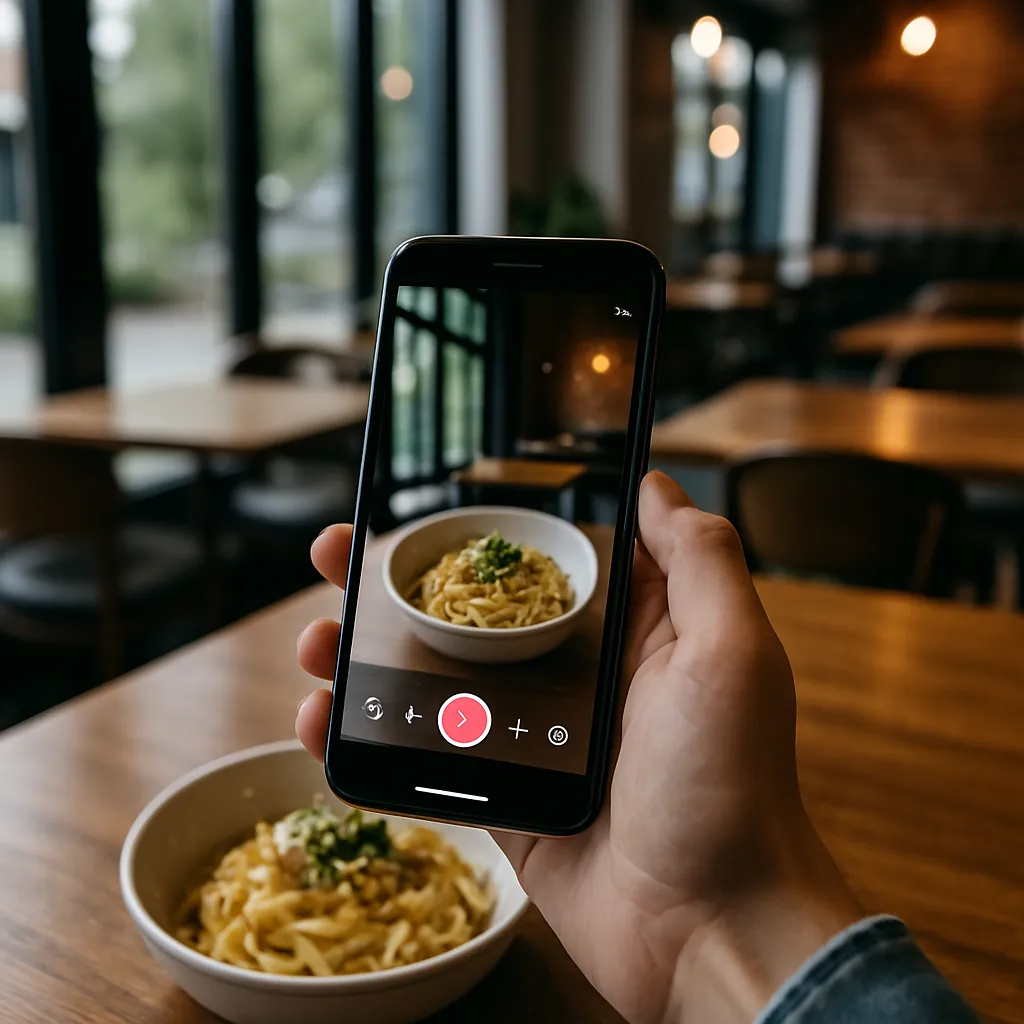Short answer: yes—but only if you balance consistency with quality and focus. Publishing more can grow traffic, but churning out thin, repetitive posts will dilute your authority. Here’s how to do “more” the smart way.
Your goal isn’t just a bigger archive; it’s a clear, trustworthy signal to search engines and readers that you’re the go-to source for specific food topics. Think frequency with intent, quality with structure, and every post tied to measurable impact.
Quality vs. Quantity: Which Matters More?
Quantity opens doors; quality earns the invitation inside. A practical benchmark:
-
Keep posts long enough to solve the problem (often 800–1,800 words for recipes/guides).
-
Prioritize original testing, step photos, timing notes, and troubleshooting—the kind of detail AI rewrites can’t fake.
-
Use clean structure (H2/H3, ingredient lists, steps, tips) and compressed images (<100 KB) to keep pages fast.
Rule of thumb: If “more posts” forces you to skip testing or cut corners on clarity, publish less and improve depth.
Frequency: How Often Should You Publish?
Search engines reward freshness and momentum. A steady cadence helps crawlers learn your rhythm and keeps readers engaged.
Start with 1–2 posts per week you can sustain for 8–12 weeks.
-
Batch: outline 4–6 posts in a topic cluster (e.g., “enchiladas”) and schedule them out.
-
Update older winners (refresh photos, add FAQs, improve internal links) to compound gains.
Consistency beats bursts. A reliable schedule signals that your site is active and worth re-crawling.
Topical Authority: The Real Multiplier
Publishing more only works when posts interlock. Build clusters around themes:
-
Pillar page: “Ultimate Guide to Enchiladas”
-
Cluster posts: red sauce, green sauce, homemade tortillas, vegetarian bean & cheese, zucchini & corn, sheet-pan, gluten-free, sides & toppings
-
Link them together with clear anchor text (“green enchilada sauce recipe,” “homemade corn tortillas”).
This topical coverage tells search engines you’re not dabbling—you’re the expert. Readers stay longer, click deeper, and share more.
Metrics That Prove Impact
Don’t publish blind. Track:
-
Clicks & Impressions (Search Console): Are new posts winning queries? Do impressions rise across the cluster?
-
CTR: Improve titles/meta to lift from 2–3% to 5%+. Bold value, clarity, and primary keyword.
-
Average Position: Are cluster terms moving from the 20s into page 1? Celebrate jumps of 3–5 spots.
-
Engagement: Time on page, scroll depth, and exit rate show if your instructions actually help.
-
Conversions: Email sign-ups, cookbook downloads, affiliate clicks, or order online buttons. Traffic that converts beats raw traffic every time.
Expert Answer: Should You Write More?
Yes—write more within a tight topical plan. For a food blog, the highest ROI comes from:
-
Clusters over one-offs. Dominate a cuisine, technique, or series.
-
Process photos and testing notes. This is your quality moat.
-
Internal links and schema. Connect posts and help search engines understand your site.
-
Updates. Add FAQs, substitutes, storage tips, and nutrition info to keep posts current.
-
Speed & UX. Fast pages + clear formatting keep readers (and rankings).
Quick FAQ
Is posting daily necessary?
No. Consistency > volume. Two excellent posts per week can outrun seven thin ones.
Do short posts still rank?
They can if they answer a very narrow question, but comprehensive, skimmable posts typically earn more links and engagement.
What about duplicate or near-duplicate recipes?
Avoid cannibalization. If two posts target the same intent, merge them and redirect the weaker one.
How long until I see results?
For new domains, 8–16 weeks is common for early movement. Clusters often accelerate growth after the third or fourth post.
Which images matter most for SEO?
Step-by-step shots and a compelling hero image with descriptive alt text. Keep images lightweight (WebP/JPG under 100 KB) and unique to your kitchen.
Do updates count as “publishing more”?
Yes—meaningful updates (new tips, photos, FAQ) can trigger re-crawls and ranking lifts.
Publish with Purpose, Not Panic
Writing more works when every post advances a plan: one cuisine, one technique set, one cluster at a time.
Commit to quality, ship on a schedule, interlink ruthlessly, and measure what matters. That’s how “more” becomes momentum.








